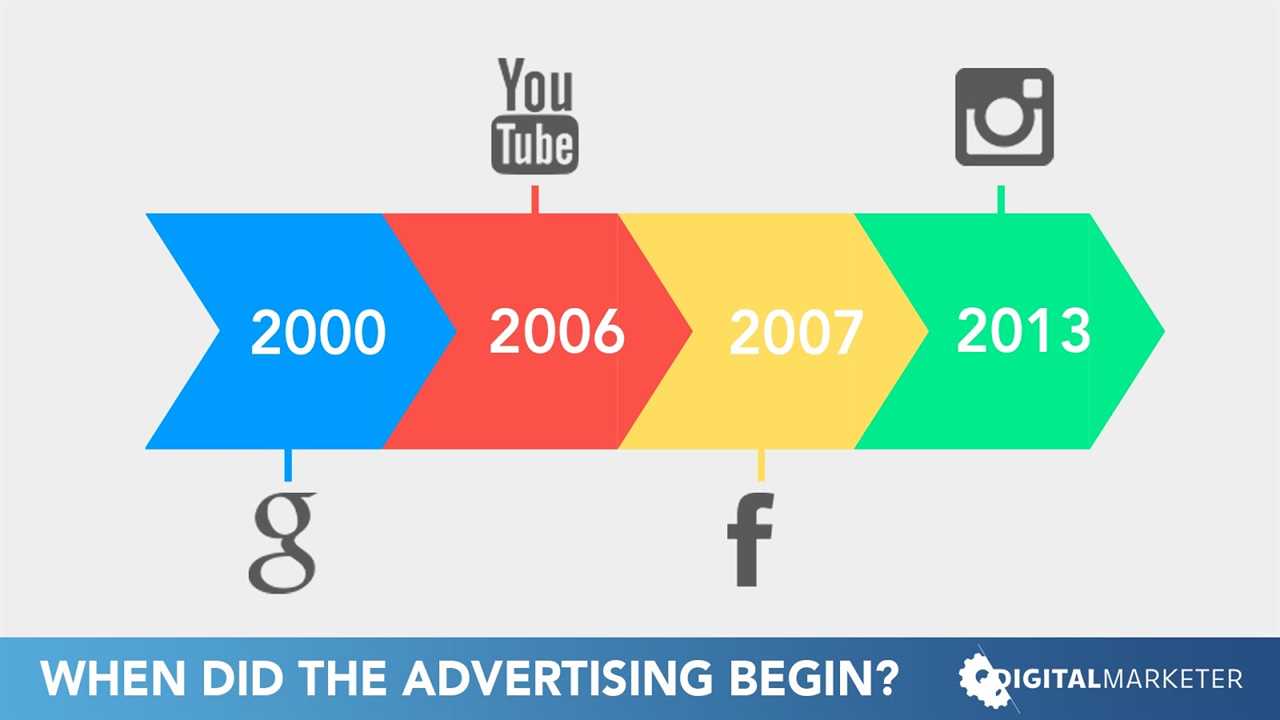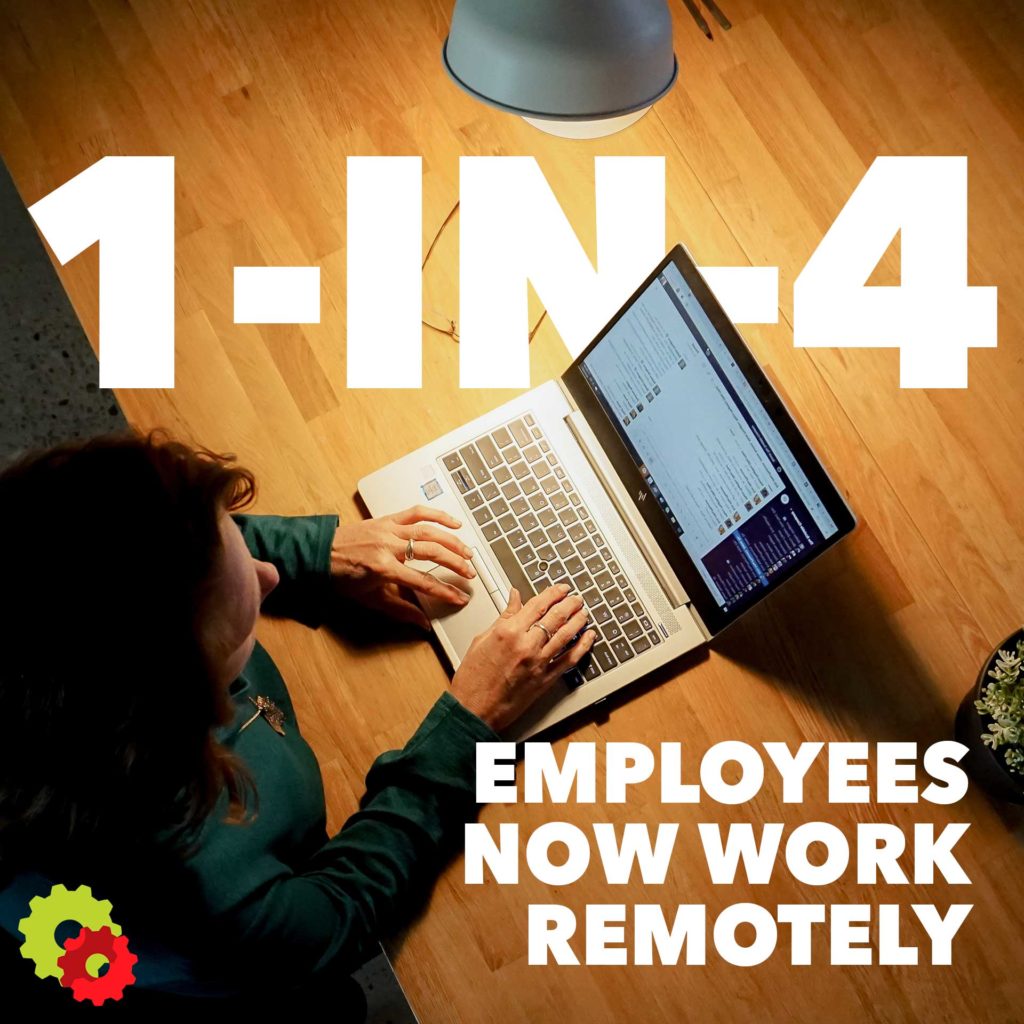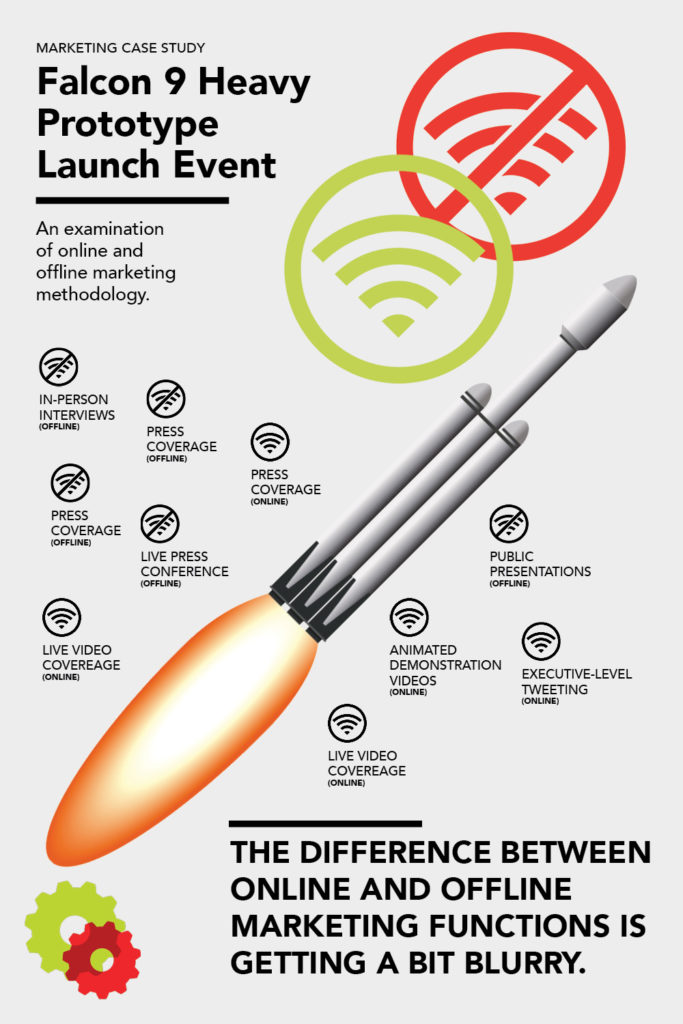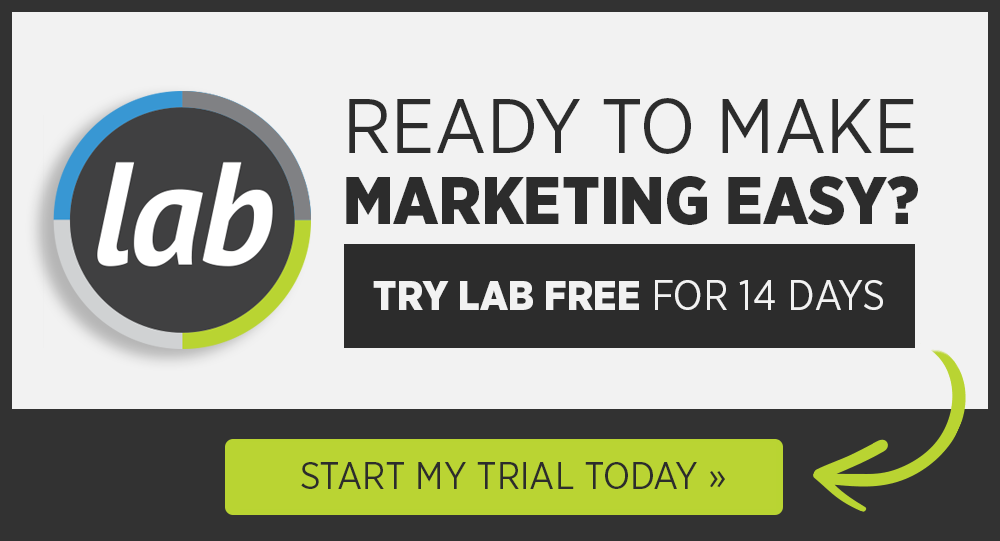Imagine your marketing efforts led to a $3 billion contract for your company. What would that campaign look like? Would it be full of Super Bowl ads, massive postcard mailing campaigns, TV commercials, billboards, and magazine spreads?
Would the message be conceived by a genius of marketing methodology, a pillar of the advertising industry who crafted a message so perfect, so undeniably inventive and clever that no decision maker could refute it?
OR… would it be some goofy engineer with a twitter account, a genuine interest in his company’s objectives, an aggressive and highly public development strategy, and a willingness to share information (both good and bad) with the world?
To the consternation of every old-school marketer in the business, it’s the latter.
SpaceX, founded by Elon Musk, beat out both a modern tech titan (Blue Origin owned by Jeff Bezos) and an aerospace/tech powerhouse (defense contractor Dynetics) to win a contract for NASA’s new lunar lander. This was a feat so offensive to the competitors that they’re contesting the decision (could you imagine doing that publicly when you lost a bid?!?).
How could a relatively new company beat their billion-dollar competitors? Yes, the bid was more affordable, but I think the decision has just as much to do with SpaceX/Elon Musk’s understanding of the new world of marketing as it does with the bid itself.
This new world has less to do with marketing channels and more to do with a holistic approach to marketing, business development, experience, and transparency. To put it simply, marketing has become genuine.
New Marketing Doesn’t Look Like Marketing Anymore
Marketing has changed and the shift has been monumental. It goes beyond a simple evolution in marketing methods or channels. Using social media, email marketing, remote meetings, and online advertising is different from physical mailings, TV ads, billboards, and in-person conventions, but the change goes much deeper than that.
For many years the term “digital marketing” has referred to the specific online platforms used for advertising and promotion—but it’s time to grow up. After 2020, businesses have realized that failing to succeed at “digital marketing” means that they aren’t really marketing at all.
To be clear, we’re not saying that traditional, “offline” marketing is gone, or even less significant than it has been in the past. We’re saying that the days of separating online and offline marketing from each other are over, and that strategies that employ segregated marketing approaches are much less effective than a more holistic approach.
Thanks to advances in technology, societal shifts in information propagation, and an involuntary leap toward online communication and remote working, modern businesses must now integrate their marketing approach to include all forms of marketing.
Further, that approach should be weighted toward the most effective and efficient methods with all subsequent methods used as support. Even so, all methods need to promote a centralized theme that reflects how the modern world consumes information.
The difficulty with this approach is that each marketing method (especially online marketing methods) have their own unique “language” that must be spoken in a genuine voice, or else they will be ignored and possibly scorned (probably scorned for platforms like Reddit).
Just like any system that needs to address a maturing global environment, complexity in marketing strategy has increased, and modern marketing leaders must create ways to evolve with it. Here we describe how modern marketing addresses today’s environment and customer, and how an integrated marketing methodology is the only way to adequately serve both.
The Last 20 Years Have Been Interesting…
Before we delve into the specific ways that businesses can reach potential customers with an integrated marketing approach, we need to understand how the current environment came to be.
There were several pivotal events that have occurred since the year 2000 that have shaped the current marketing landscape. These events were not necessarily momentous when they occurred, but have since changed the way businesses market themselves, and have created unique industries, professions, and companies to serve them.
The current marketing environment can be explained with four key developments: tech monetization, internet speed and accessibility, remote working and live streaming, and the editorialization of marketing.
Tech Monetization

It may be hard to remember a time when digital ads weren’t a “thing,” but if you’re over 25 years old, you probably can.
In 2007 Facebook Ads was launched. The new service promised “a completely new way of advertising online,” and surprisingly, they weren’t exaggerating. Marketers now have more access to levels of demographic and visitor detail than they had ever had before.
Even so, some large businesses still don’t even understand how they work.
One of our Scalable employees, Erin MacPherson, worked in marketing at MTV Networks in 2007 when Facebook Advertising emerged. She remembers company leaders calling a team all-hands meeting where they explained what Facebook was, why it was going to be important and why they were going to be investing in training the team on Facebook. She remembers thinking there was no way that a website where college students planned parties could ever serve as a true, professional marketing tool.
But alas, she made herself an account.
It was less than a year later when there was no doubt in anyone’s mind that a college social platform certainly could and would move the needle in business.
Advertising on all social media and search engines changed the online landscape from one purely dedicated to the sharing of organic content to a controlled, monitored, and targeted environment of promotional information.
Internet Speed & Accessibility

Unsurprisingly, speed matters when it comes to marketing. The types of media and where they appear is completely dependent on how fast they load online, and fortunately, that speed has been increasing. Increased speed means that improved graphics and videos can load faster, leading to a richer experience for viewers.
Speed and accessibility was what led to the creation of “digital marketing” in the first place. The original term was used to describe the use of Pay-Per-Click (PPC) advertising, paid search advertising, Search Engine Optimization, paid social media ads, social media marketing in general, content marketing, and email marketing. Thanks to increasing internet speed and mobility, these “fringe” methods went from being a small part of overall marketing plans to substantial (and sometimes even exclusive) marketing methods.
More than that, potential customers can now interact with content on multiple platforms. The use of interactive quizzes, infographics, surveys, polls, calculators, assessments, ebooks, emails, and webinars are now part of the mix.
Remote Working & Live Streaming
Many people now recognize that remote working has changed the workplace, but few truly understand how it has changed life in general. From savings in travel time to decreases in physical workplace cost to the reduction of in-person conferences, remote working has made an impact on everyone’s lives. Further, remote meeting isn’t just for work; the use of telemedicine has been increasing for the last decade and received a massive boost in the last few years.

Remote working, also known as telecommuting, increased 159% between 2005 and 2017 according to an analysis done by Global Workplace Analytics. It’s now estimated that at least 1 in 4 employees are now working remotely.
Editorialization of Marketing
Everyone has known that “content is king” for quite a while, but nearly all marketers are starting to take it seriously. According to Aberdeen Strategy & Research, 56% of best in class companies are using content to support their marketing campaigns. Further, up to 80% of those companies have an active content marketing initiative.
What does this mean for your marketing efforts? It means that your high-class competition is pursuing customers through indirect, informative content rather than directly promotional marketing efforts. Any company that is failing to establish a knowledge-database of informative information that is useful to their potential customers are falling further and further behind.
Customer’s in the 2020’s
How have all of these developments shaped today’s customer? The answer is, massively… but not in the ways anyone expected. Let’s examine how each of the developments influenced the customer experience.
Swamped with Ads

Back in 2007 Yankelovich, a market research firm, conducted a study that estimated that the average person sees up to 5,000 ads every day. Given that speed and accessibility to the internet has increased substantially, it’s not a reach to imagine that number increasing 2 to 5 times. Conservatively, let’s say the average person now sees 10,000 to 25,000 ads a day.
Ads are now so numerous that customers can hardly see them anymore.
Increasing Time Online

Everyone is online a lot. Since 2011, the daily time spent online per capita worldwide increased from 75 minutes (43 minutes on desktops and 32 minutes on mobile devices) to 192 (37 minutes on desktops and 155 minutes on mobile devices).
That’s an increase of 156%, and let’s be real, we all spend WAY more than 3 hours a day online. As we’ve become more “digital” by spending more and more time online, it only makes sense that we’d be exposed to more ads.
Customer Experience Expectations
The biggest difference between consumers of yester-year and consumers in the 2020’s is their need for a unique and pleasurable customer experience. Rather than basing every purchasing decision on individual products or prices, the modern consumer is becoming more and more loyal to brands they enjoy.
A survey of 1,920 business professionals conducted by SuperOffice showed that almost half (45.9%) believed that customer experience was the number one priority of their business. This is for good reason; a good customer experience contributes to repeat business, an increased willingness to pay higher prices, and an increase in impulse purchases.
What Marketing Means Today
Now that we have an understanding of how we got here and where we need to go, it’s time to talk about SpaceX again. As I stated in the beginning of the article, their ability to snag a huge $3 billion deal had as much to do with their marketing as it did with their bid.
Here are 3 ways that SpaceX employed the most successful version of “marketing” that will be used in the 2020s.
A Holistic Approach to Marketing
Just like all aspects of life these days, information is connected, and so should your marketing strategy be. How do you create a complete, integrated marketing approach that includes online and offline methods? Here’s the trick, you stop separating online and offline into different categories. It’s JUST marketing.
The old way of integrating all methods (online/offline) together looks like this: hook a viewer offline, then point them online for conversion. But a truly holistic approach doesn’t distinguish between the two and simply incorporates both into each step of the conversion process.
SpaceX took this concept to interplanetary levels (literally). Rather than simply creating ads offline and pointing them online, they managed to integrate online and offline product development events and updates, public relations, brand partnerships, and traditional online and offline ads into one cohesive approach.
The best example of this holistic approach to marketing is the launch of a Tesla Roadster into interplanetary space using a Falcon 9 Heavy rocket. The car was used as a ballast rather than sending a much more expensive payload (like a billion-dollar satellite) during the high-risk test. But much more than that, the launch was used as a showpiece for both SpaceX and Tesla.

Needless to say, everyone tuned into the 2018 launch. While rocket launches are fun to watch (let’s face it, as long as there are no people onboard everyone enjoys a good explosion), who cares about a test launch?
By using a Tesla promotional partnership, they made the launch sexy, memorable, and interesting. This offline event then led to thousands of blog posts, videos, articles, press releases, and pictures that were then shared millions of times online.
Transparent Business Development
The old adage “you only get one chance to make a first impression” isn’t necessarily true anymore. Since the internet has made all information more public than ever, both people and companies tend to be more forgiving than they used to be. Combine that with 20 years of fairly detailed information featured on millions of websites, and you have a modern view of “forgiveness” and therefore no reason to hide failure (or at least some failure).
SpaceX rockets go boom sometimes. Lovingly referred to as “rapid unintentional disassembly,” SpaceX has a history of public failures. Elon Musk’s objective to build reusable rockets required landing, and that didn’t always go to plan.
During development, failures included parachute testing failures, ocean test failure, drone-ship failures, and ground pad failures. All of these amounted to millions upon millions of dollars of sunk cost, and each failure was recorded and shared publicly.
Most recently, SpaceX has been developing the SpaceX Starship. This ambitious project led to the securement of the $3 billion contract mentioned at the beginning of this article. Believe it or not, as of the writing of this article they haven’t successfully landed the thing at all!
Prototypes SN8, SN9, SN10, and SN11 were all destroyed due to various failures. Even so, they won the bid. The fact that they have been rapidly, publicly developing their system may have had an enormous impact on the win.
How can this translate in your business? Rather than hiding developments (even failures) until after you believe your product/service is 100% complete, you could be using them as content for your ongoing marketing campaigns.
While the method of sharing the information will be largely dependent on your business types, you can expect to gain the following benefits by using this approach:
- Significant Content Generation Without Additional Resources
- Genuine Connection with Viewers Who Can Become Fans/Subscribers of the Process
- Ongoing Feedback from Potential Customers/Investors/Owners
- Enhanced Internal and External Communication Regarding Company Status
- Free Advertising Through Media Exposure and Coverage
Community Interaction & Advocacy
I’ve long been an advocate of encouraging rampant fans to get involved with brands. Not only do they consume your products and services, they can become marketing services in and of themselves.
Case in point, SpaceX has been consistently featured on YouTube channels dedicated to their ongoing operations and development. These channels have subscribers totaling in the millions and freely provide coverage. Here is a short list of them:

SUBSCRIBERS: 1,250,000
SUBSCRIBERS: 974,000
SUBSCRIBERS: 177,000
SUBSCRIBERS: 302,000
Some businesses would shy away from this type of coverage because they can’t control the narrative. This is not the way to be a modern marketer. SpaceX has shown that inviting the community in can make all the difference in free coverage.
Elon Musk went as far as to invite Everyday Astronaut YouTube Channel owner Tim Dodd to interview him at the SpaceX launch facility in Boca Chica Texas. The video garnered 2.9 million views and over 127 thousand likes.
What led to this extraordinary level of free publicity, viewer interaction, and widespread awareness? Here are a few key aspects of SpaceX’s community management.
- Constant Interaction with Fans by Top-Level Executives via Social Media
- Encouragement of Information Sharing by Leaking Development Details
- Invitations and Interviews for High-Level Fans
- Free Sharing of Product Details via Website & Downloadable Materials
- Visitor Interaction Through Mostly Unattainable Public Quoting System (https://www.spacex.com/rideshare/)
Your Marketing in the 2020’s
You may be thinking to yourself, “Sure, a billion-dollar company can pull this off, but what about me?”
The beauty of today’s marketing is that most methods are available to any company and most are fully scalable. To implement them doesn’t require more money, it requires more skills to execute effectively. Better yet, the more you do them, the more you’ll be capable of growing with them as they evolve over the 2020’s.
That’s where DigitalMarketer comes in. The first step to growth is knowledge, and you can start here.
The post It’s Just Marketing: You Can Stop Using the Word “Digital” Now appeared first on DigitalMarketer.







